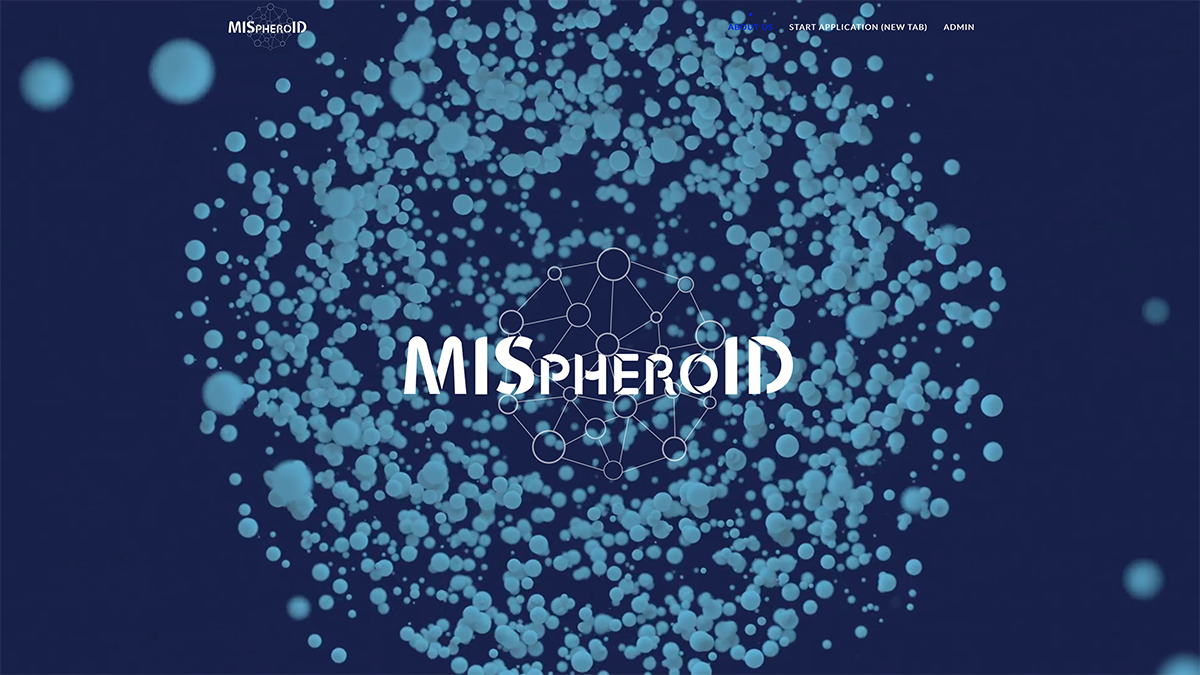A key part of scientific research is the ability for other scientists or labs to recreate the results produced by a research team.
For a powerful 3D cellular model, that hasn’t always been the case. There’s just been too much variability in how each research team grows and uses the cells.
A globe-spanning consortium of labs is hoping to change that with a new database cataloging the details of more than 3,000 experiments involving these spheroid models, creating a resource with standardized details that could help other teams reproduce experiments and achieve the same results. Their work was published in November in the journal Nature Methods.
“This paper is partly a call to the research community to help solve this puzzle of reproducibility by having everyone contribute information so people can think about it and analyze it,” said Shuichi Takayama, professor and Price Gilbert Jr. Chair in the Wallace H. Coulter Department of Biomedical Engineering at Emory University and Georgia Tech. “In fact, even we should be more diligent in adding to it ourselves in my lab.”
Spheroids are three-dimensional cell cultures that form nearly spherical shapes. They’re often better at mimicking how cells behave in the body than traditional cell cultures in a dish since they more accurately reflect cells’ arrangement in all three dimensions.
The 3D cell models are powerful tools for studying disease mechanisms or testing cell responses to potential drugs. But the field is relatively young, and there is no one-size-fits-all approach to experiments using spheroids. Without detailed data about experimental setups, and even how the cell cultures were grown in the first place, results are difficult to analyze or reproduce.
As part of the team that developed the MISpheroID knowledgebase, Ph.D. student Tasdiq Ahmed in Takayama’s lab performed a series of experiments in parallel with labs around the world. The idea was to use the same cell line in the same experiments to see if they could all produce the same results. As it turned out, the results varied in almost every case.
“There are myriad factors that can affect experiments — how long you grow cells, how new they are. The cells that you grow in an incubator on day one could be different than how they are on day 30,” Ahmed said. “The paper includes a meta-analysis of every breast cancer spheroid paper there is, and it’s kind of shocking how many papers don’t report a lot of experimental parameters.”
In developing the new knowledgebase, the research team aims to fill those gaps. They settled on four key pieces of data to include about each spheroid experiment, creating a minimum amount of information necessary for comparison, interpretation, and replication. Their ultimate goal is to establish minimum information guidelines like those for experiments in other biological and biomedical fields.
“As has been demonstrated across multiple domains, adoption of minimum information by a research community accelerates the rate of transparency and drives scientific progress,” the authors wrote.
Latest BME News
Jo honored for his impact on science and mentorship
The department rises to the top in biomedical engineering programs for undergraduate education.
Commercialization program in Coulter BME announces project teams who will receive support to get their research to market.
Courses in the Wallace H. Coulter Department of Biomedical Engineering are being reformatted to incorporate AI and machine learning so students are prepared for a data-driven biotech sector.
Influenced by her mother's journey in engineering, Sriya Surapaneni hopes to inspire other young women in the field.
Coulter BME Professor Earns Tenure, Eyes Future of Innovation in Health and Medicine
The grant will fund the development of cutting-edge technology that could detect colorectal cancer through a simple breath test
The surgical support device landed Coulter BME its 4th consecutive win for the College of Engineering competition.








